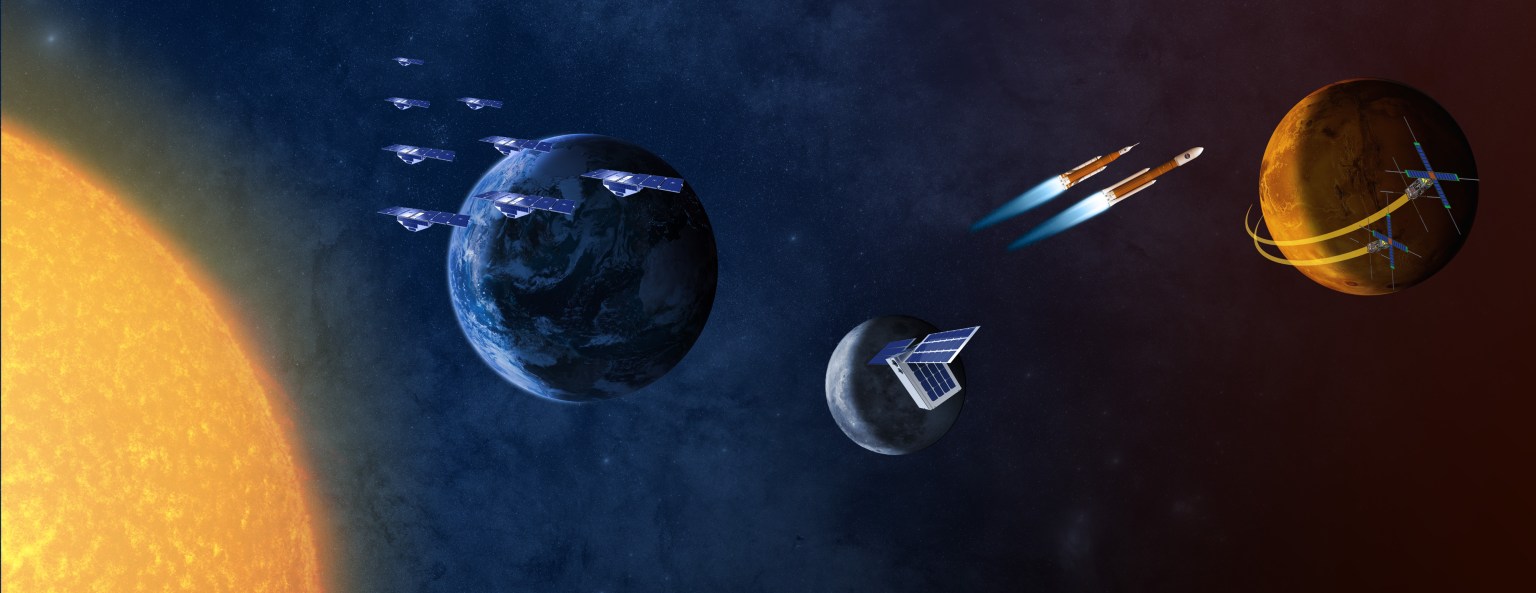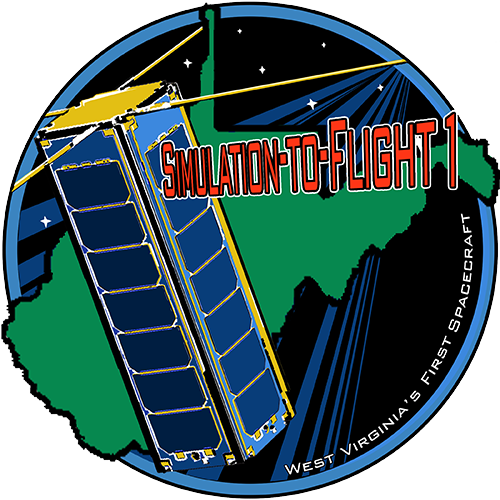Small Spacecraft Community of Practice
Subscribe to receive announcements for the Small Spacecraft Systems Virtual Institute’s (S3VI) monthly webinar series and quarterly newsletter here. We look forward to your participation!

Temporal Experiment for Storms and Tropical Systems – Demonstration (TEMPEST-D): Global Atmospheric Science Observations from a CubeSat
Speaker: Steven C. Reising, Colorado State University
Wednesday, December 8, 2021
10:00AM-11:00AM Pacific Standard Time
Click here to watch the webinar.
Click here to download the presentation.
Please contact Julianna.L.Fishman@nasa.gov if you experience issues with the audiovisual connection to this webinar.
Abstract: Temporal Experiment for Storms and Tropical Systems – Demonstration (TEMPEST-D) is a NASA Earth Venture Technology mission that successfully demonstrated the first global atmospheric observations from a multi-frequency microwave radiometer on a CubeSat. TEMPEST-D was deployed from the ISS into low Earth orbit on July 13, 2018, and observed the Earth’s atmosphere nearly continuously until it re-entered on June 21, 2021. The TEMPEST-D mission substantially exceeded expectations in terms of data quality, stability, consistency and mission duration. Validation through inter-calibration with multi-frequency microwave sensors on operational and science missions demonstrated that the performance of TEMPEST-D was comparable to or better than much larger, more expensive sensors in terms of instrument noise, calibration accuracy, precision and stability throughout the nearly 3-year mission. TEMPEST-D performed detailed observations of the microphysics of hurricanes, typhoons and tropical cyclones during three consecutive hurricane seasons. The success of TEMPEST-D opens a breadth of new possibilities for Earth Science missions using small spacecraft.
Bio: Steven C. Reising is a Professor of Electrical and Computer Engineering and Director of the Microwave Systems Laboratory at Colorado State University, Fort Collins, Colorado, USA. He leads the development of innovative technology and techniques to accomplish global Earth Science from small satellite platforms. Dr. Reising’s research interests include Earth remote sensing to enhance weather prediction and climate monitoring, innovative technology for radiometer design from microwave to terahertz frequencies (18-850 GHz), and development of NIST-traceable calibration of microwave sensors. Over the past decade, Dr. Reising has served as PI of 6 grants from or managed by NASA’s Earth Science Technology Office. He serves as PI of the NASA Earth Venture Technology TEMPEST-D mission that successfully demonstrated the first global Earth observations from a multi-frequency microwave radiometer on a CubeSat. Dr. Reising received the B.S. and M.S. degrees from Washington University in St. Louis and the Ph.D. degree from Stanford University, all in electrical Engineering. He is a Senior Member of both IEEE and URSI.
S3VI encourages the community to submit questions before the webinar to enable more directed responses. Please send questions to raquel.l.redhouse@nasa.gov.






























